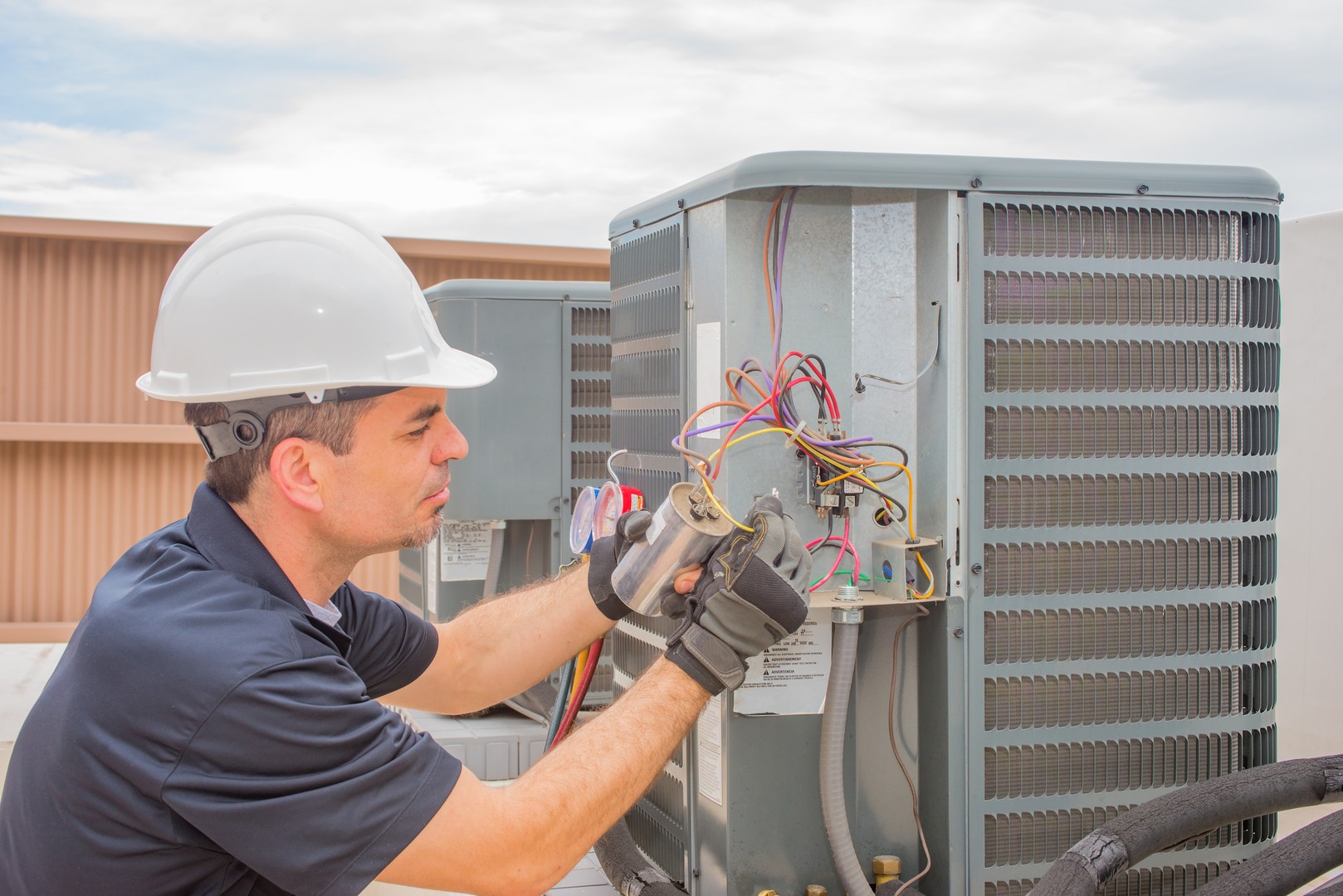HVAC (Heating, Ventilation, and Air Conditioning) techniques consist of varied parts that work together to supply heating, cooling, ventilation, and control of indoor air high quality. Here are the principle components that make up an HVAC system:
1. Thermostat:
The thermostat is a management system that permits users to set the specified indoor temperature. Modern thermostats may be programmable or smart, permitting for exact control and power financial savings.
2. Furnace:
A furnace is a heating component that generates warmth and warms the air. It can run on varied fuels corresponding to natural fuel, oil, or electrical energy. The heated air is then distributed all through the building.

3. Heat Exchanger:
In a furnace, the warmth exchanger is a vital element that transfers warmth from the combustion process to the air. It ensures that the combustion gases don't combine with the indoor air.
4. Evaporator Coil:
The evaporator coil is part of the indoor unit in air con systems. A/C tune-up near me cools and dehumidifies the indoor air by absorbing heat. Warm indoor air passes over the evaporator coil, and the refrigerant contained in the coil absorbs the warmth, cooling the air.
5. Condenser Coil:
The condenser coil is part of the outside unit in air-con systems. It releases the warmth absorbed by the refrigerant indoors into the out of doors air. The refrigerant releases the heat because it modifications from a high-pressure fuel to a liquid.
6. Compressor:
The compressor is a crucial a half of the refrigeration cycle. It pressurizes the refrigerant fuel, raising its temperature. This high-temperature, high-pressure gasoline is then condensed into a liquid by the condenser coil.
7. Refrigerant Lines:
Refrigerant strains join the indoor and out of doors units, permitting the refrigerant to flow between the evaporator and condenser coils. These traces are important for the heat exchange process.
eight. Ductwork:
Ductwork consists of a community of pipes or channels used to distribute heated or cooled air from the HVAC system to different rooms inside a constructing. Properly designed and sealed ducts are crucial for environment friendly air distribution.
9. Air Handler:
The air handler is part of the indoor unit and is answerable for circulating conditioned air all through the building. It incorporates the blower, filter racks, and sometimes the evaporator coil.
10. Vents and Registers:
Vents and registers are openings in partitions, ceilings, or floors where air is equipped or returned to the HVAC system. Supply vents distribute conditioned air into rooms, while return vents draw air back into the system for reconditioning.
11. Fan:
The fan is answerable for moving air by way of the HVAC system. In heating mode, it distributes warm air generated by the furnace or warmth pump. In cooling mode, it circulates cool air from the air conditioner.
12. Air Filters:
Air filters take away dust, pollen, and different particles from the air, making certain higher indoor air high quality and preventing debris from entering the HVAC system's parts.
thirteen. Dampers:
Dampers are adjustable plates inside the ductwork that control the circulate of air. They may be adjusted to balance airflow and management temperature distribution in several areas of the building.
14. Humidifier/Dehumidifier:
Humidifiers add moisture to the air in dry environments, improving indoor comfort. Dehumidifiers remove extra moisture, particularly in humid climates, stopping points like mildew progress and improving indoor air quality.
15. Thermal Expansion Valve (TXV) or Expansion Device:
This valve regulates the circulate of refrigerant into the evaporator coil, permitting the refrigerant to increase and cool rapidly, making ready it for the subsequent cycle.
Proper design, installation, and upkeep of those parts are important for the efficient and dependable operation of an HVAC system. Regular upkeep, together with cleansing or changing filters, checking refrigerant levels, and inspecting ductwork, is crucial to make sure the system's longevity and power effectivity..
